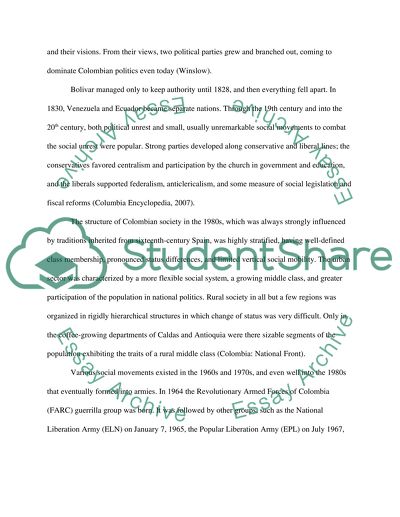Cite this document
(“Colombia Essay Example | Topics and Well Written Essays - 2250 words”, n.d.)
Retrieved from https://studentshare.org/environmental-studies/1419555-colombia
Retrieved from https://studentshare.org/environmental-studies/1419555-colombia
(Colombia Essay Example | Topics and Well Written Essays - 2250 Words)
https://studentshare.org/environmental-studies/1419555-colombia.
https://studentshare.org/environmental-studies/1419555-colombia.
“Colombia Essay Example | Topics and Well Written Essays - 2250 Words”, n.d. https://studentshare.org/environmental-studies/1419555-colombia.


